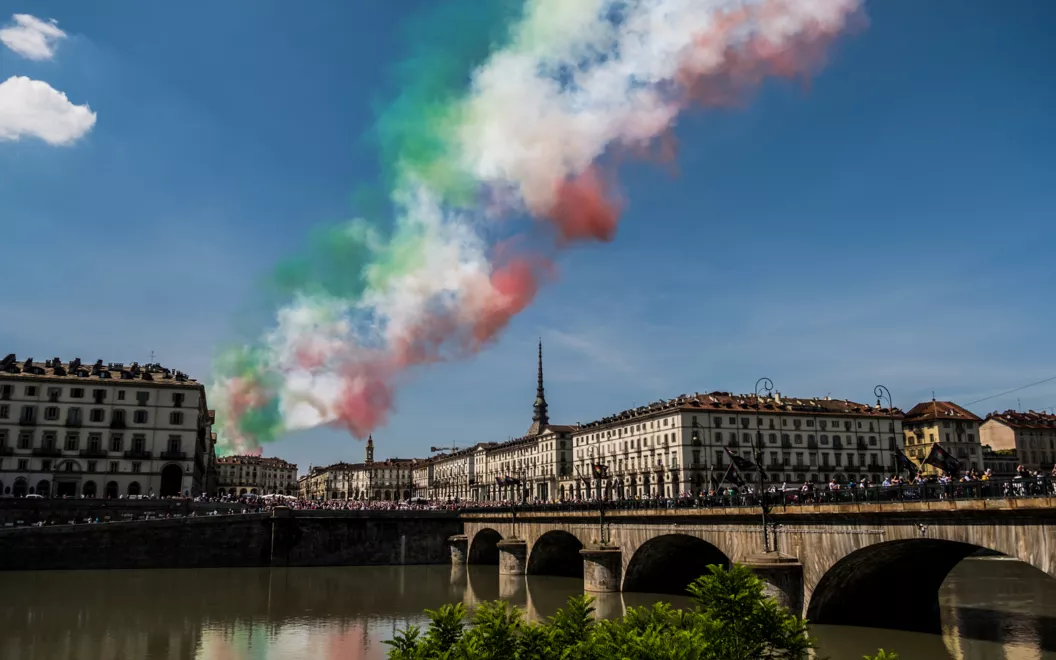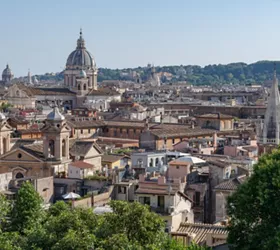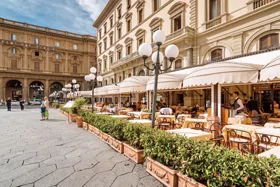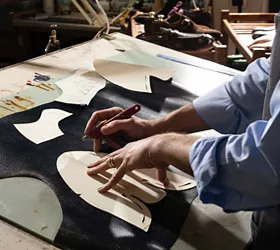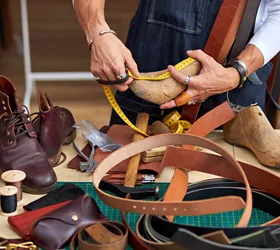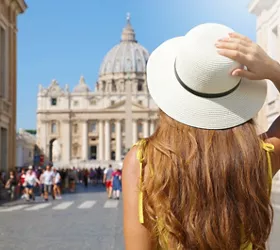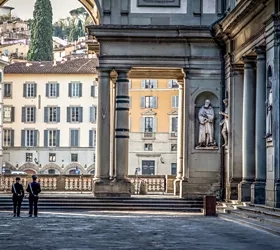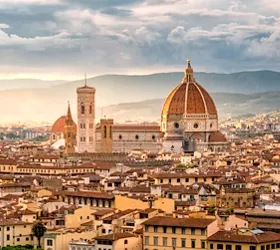Daily schedules and public holidays
5 minutes
The time zone in Italy
CET (Central European Time) applies throughout Italy. From early autumn to late winter, standard time applies, corresponding to the time zone UTC+1, one hour ahead of Greenwich Mean Time.
At the beginning of spring, Italy enters daylight saving time: the clocks move forward by one hour (UTC+2 time zone), to enjoy more sunlight in the late afternoon-evening.
The change from standard time to daylight saving time and vice versa always takes place on the night between Saturday and Sunday. The dates vary from year to year.
Italian meal times and usual daily routines
Italians normally have breakfast from 7.00 a.m., but some bars and pastry shops open as early as 6.00 a.m. Hotels usually have a set time (approximately 10.00 a.m.) at which breakfast ends. Room service is generally available for requests outside these hours.
Lunch in restaurants, farmhouses, diners or bars is usually served from 12.30 p.m. to 2.30 p.m. On special occasions or events, the start and duration of lunch may vary.
The “aperitif” is not to be missed: it takes place roughly from 6 p.m. until dinnertime.
Dinner is normally served from 7.30 p.m. until 11 p.m.
You can also find venues offering a late dinner, for after a theatre performance or for those who prefer to eat late at night.
Public holidays in Italy: national holidays and patron saints’ days
In addition to Sundays, Italy also closes for national holidays and feast days held in honour of patron saints.
There are. On these days, most of the country’s business activities stop, and public and private offices close. Some museums and cultural sites close on certain holidays: we recommend checking up on this before planning your visit. Bars, pastry shops, ice cream parlours and restaurants, however, often remain open. Below are holiday dates:
- 1st January - New Year’s Day
- 6th January - Epiphany
- Easter (the date varies from year to year)
- Easter Monday (the day after Easter)
- 25th April - Liberation Day
- 1st May - May Day
- 2nd June - Republic Day
- 15th August - Assumption of the Virgin Mary (Ferragosto)
- 1st November - All Saints’ Day
- 8th December - Feast of the Immaculate Conception
- 25th December - Christmas Day
- 26th December - St Steven’s Day
As far as are concerned, in many cities the day of the local patron saint is a day of celebration. Offices and businesses may be closed, but it is still possible to make the most of these occasions to attend often fascinating and engaging celebrations. The dates are listed below:
- 29th January - San Costanzo, Perugia (Umbria)
- 23rd April - San Giorgio, Campobasso (Molise)
- 25th April - San Marco, Venice (Veneto)
- 4th May - San Ciriaco di Gerusalemme, Ancona (Marche)
- 9th May and 6th December - San Nicola, Bari (Apulia)
- 30th May - San Gerardo, Potenza (Basilicata)
- 10th June - San Massimo d’Aveia, L’Aquila (Abruzzo)
- 24th June - San Giovanni, Genoa (Liguria)
- 24th June - San Giovanni, Florence (Tuscany)
- 24th June - San Giovanni, Turin (Piedmont)
- 26th June - San Vigilio, Trento (Trentino)
- 29th June - San Pietro and Paolo, Rome (Lazio)
- 15th July - Santa Rosalia, Palermo (Sicily)
- 16th July - San Vitaliano, Catanzaro (Calabria)
- 7th September - San Grato, Aosta (Aosta Valley)
- 19th September - San Gennaro, Naples (Campania)
- 4th October - San Petronio, Bologna (Emilia-Romagna)
- 30th October - San Saturnino, Cagliari (Sardinia)
- 3rd November - San Giusto, Trieste (Friuli-Venezia Giulia)
- 7th December - Sant’Ambrogio, Milan (Lombardy)
Some recommendations
Craft shops and artisan workshops
You can’t visit Italy and not stop by a craft shop or artisan workshop. Here is some key information regarding shop opening and closing times:
- As a general rule, shops are open from Monday to Saturday.
- Some are open around the clock from 9 a.m. to 8 p.m., others close at lunchtime, approximately from 1 p.m. to 3 p.m.
- In historical and tourist centres, many shops are also open on Sundays, as well as in airports and large railway stations. Obviously, these are indicative opening hours that vary from north to south, or, in popular tourist locations, according to the season, with extended opening hours in the high season and reduced opening hours in the middle and low season.
- To facilitate your clothes shopping, we recommend checking these conversion tables: They will help you compare the sizes of your home country with those of Italy.
Aperitif
A typical aspect of the Italian lifestyle is the social “aperitivo” (aperitif). Here are some tips on this famous all-Italian culinary ritual.
The aperitif is enjoyed roughly from 6 p.m. until dinnertime. A moment of relaxation at the end of a day’s work, especially in the northern business hubs, it has quickly become an opportunity to enjoy mini gastronomic delicacies, accompanied by a Spritz or a glass of Italian Prosecco, now standard throughout the country.
The term “apericena”, on the other hand, indicates the XL version of the aperitif, with a quantity and variety of food equivalent to a real dinner.
Restaurants
Italian restaurants offer a wide variety of food and wine experiences throughout the country. The renowned Mediterranean diet can be served in countless different ways, from the genuine taste of tradition to the gastronomic revolutions of the many Michelin-star chefs. Alongside family-run restaurants, where you can experience the true flavour of Italian cuisine and its regional nuances, you can also find avant-garde food offerings. Not forgetting vegetarian, fusion and zero-food-mile proposals. Everyone can eat Italian. The quality of the cuisine matches the beauty of the locations: you can eat in a high-altitude Michel-star restaurant, in the snow, or in a typical trattoria in a big city.
To enjoy Italian food and wine to the fullest, we recommend booking a table in the establishment of your choice.
Museums and archaeological sites
Italy boasts an artistic and cultural heritage that many consider second to none in the world. Throughout Italy, there are numerous museums and archaeological sites that attract thousands of tourists every year.
You can plan visits to museums and archaeological sites simply by booking online or by telephone, exclusively using the official ticketing systems of the places you want to visit.
There is a reduced rate for groups, children and seniors over 70.
Admission is free to all state museums on the first Sunday of the month.
It is also a good idea to always use official channels when booking tour guides: be wary of those who offer this type of service on the street or near to Italian cultural centres and museum sites, unless they are officially authorised by them. Licensed guides are recognisable by the licence they wear prominently around their neck.
Measurement systems
The measuring systems used in Italy may be different from those used in your home country. Here is a practical guide to converting between systems.

